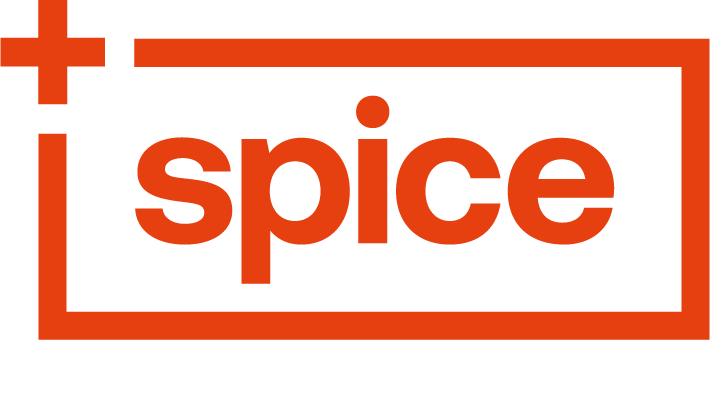
Let’s talk AI.
One of the most impactful business innovations of the last few years, you are probably already enjoying some of its power in your workplace.
But, like Uncle Ben said to Spiderman, with great power comes great responsibility!
Yep, it is your responsibility to ensure your business is utilising AI without breaking any rules, laws or regulations.
It’s time to consider whether you are using AI ethically and in compliance with privacy legislation.
Let’s look into these key aspects to see if you are playing by the rules.
What Is Considered AI?
What exactly is considered to be AI? In the workplace, artificial intelligence (AI) is the use of computer systems or software that perform tasks that typically require human intelligence. Because they are designed to mimic human behaviour and automate processes for efficiency, they improve accuracy and overall business performance.
These are some common examples of the kind of AI found in a standard workplace:
- Chatbots or AI-powered Assistants: The components that handle routine customer or internal queries and admin tasks.
- Automation: Software solutions that handle mundane or repetitive tasks like data entry, calendar management, triggered communication and more.
- Machine Learning: Software that focuses on the use and analysis of data, along with algorithms to learn in the same way a human would, to improve its accuracy over time. Examples of machine learning can be as simple as product recommendations based on previous purchases, or as complex as talent acquisition and employee retention software.
- Data Analysis: By using certain algorithms, AI can analyse large amounts of data quickly and accurately to identify patterns and trends that can be used for business improvement.
- Predictions: The analysis of historical data can help to form predictions or forecasts for the future, allowing for insight into staff turnover, financial performance, or inventory management.
Your Responsibilities
By utilising AI in your business, it is your responsibility to ensure it is being used both ethically and legally. That means paying attention to these areas in particular:
Privacy
New Zealand has very strong privacy laws under the Privacy Act 2020. Among other things, the Act regulates how you collect, use and handle personal information. This applies to the data belonging to every individual who interacts with your business, including employees, team members, contractors, suppliers, clients, guests and inquiries.
The Privacy Act states that you need to gain consent from the people whose data you are using and only use the data for the purpose that it was collected. You also need to protect that data. So, you need to ensure that any AI tools comply with these principles.
Be mindful that simply uploading people’s private information into an AI data system may breach privacy laws. Before doing anything, check the security and privacy parameters for each individual AI tool to confirm it complies with NZ privacy standards. You might have to gain consent to use any personal data within AI technology systems.
Intellectual Property
One of the major things individuals use AI for in the workplace is content creation. Emails, marketing posts, images – all these things can be created by AI. But is it ethical to do so?
By the nature of what AI is, it draws information from many sources on the internet to form your content. That means, it harvests thoughts and ideas, even direct quotes, from content that has already been written and published. What takes seconds to pull together with AI took the original authors hours to craft. You are benefiting from their hard work before you.
Not only is this ethically questionable, it also puts you in danger of potentially breaching copyright. While New Zealand does not yet have specific laws relating to content created by AI tools, it’s important to recognise how the content is formed. Rather than copying and pasting the content that is generated by a tool like ChatGPT, it is best to use it for idea generation or a content starting point.
Business Assets
Speaking of intellectual property, it is vital that you take steps to protect your business’ own intellectual property when using AI. As many AI software solutions are new to the market, we don’t fully understand how they process the data that is input or who can access that information in the future. That’s why you and your team should be cautious about what you load into AI programs.
It’s best to avoid inputting extremely sensitive business information. Translation: don’t put your trade secrets into AI as you don’t know where they might end up! After all, we highly doubt the Colonel is going to be loading his secret ingredient blend of 11 herbs and spices into ChatGPT! That info is just too precious to risk getting into the public space.
Using AI Responsibly
How can you ensure you are using AI responsibly in your business? These are some of the ways:
Policies
Rather than blindly using AI in your business, you need to form policies around what tools you will utilise and how they will be used. Think consciously about which ones you intend to use and how they will impact the data you have an obligation to protect. Are there any risks that need mitigating or could a non-AI tool be used instead?
Then, choose tools that do not jeopardise privacy laws and be transparent about their use by documenting everything in an AI-specific policy. Once the policies are in place, the job is not done. Technology evolution always moves at a lightning fast pace, so you need to instigate human reviews regularly to ensure your AI tools are not retaining or disclosing data incorrectly.
Team Training
Your policies are only going to be effective if your people understand them! So, you will need to arrange training for your team members to ensure they are aware of their obligations when using AI tools. They need to be able to use the tools effectively and responsibly and understand their limitations.
Training should be practical, showing your people how to physically use the tool, such as inputting data and examining the results generated, along with the AI-generated decisions. But training should also delve deeper, highlighting that AI should still respect an individual’s privacy rights, their intellectual property and that it should avoid discrimination and harm.
If they feel that AI is creating any negative impact within your business, encourage your people to speak out so that it can be remedied.
Help And Support
In the greater scheme of business, AI is a relatively new technology that we are all learning to navigate. If you have concerns about the potential impact on your business, now is the time to take action. Reach out to our team if you would like assistance in forming the policies and training program surrounding AI in your workplace.












